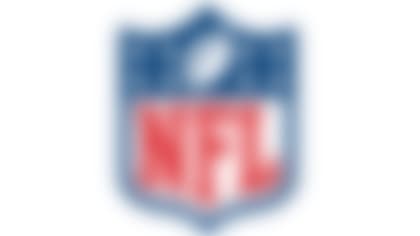Ray Anderson has decided to leave his position as the NFL's executive vice president of football operations following the conclusion of the 2013 season to pursue other opportunities, the NFL announced today.
The NFL clubs were informed of Anderson's decision today at a league meeting in Dallas. Anderson has been leading the NFL's football operations department since August of 2006 and will continue in that role through the rest of the season. In his eight seasons, Anderson's leadership has helped the NFL consistently deliver exciting and competitive football while making the game better and safer.
"I have been involved in many different aspects of the NFL -- as an agent, club executive, and league executive," Anderson said. "I have always enjoyed new challenges and the time is right for me to evolve into the next phase of my career. I appreciate the opportunity Commissioner Goodell gave me and the support I have enjoyed from a great staff."
Anderson joined the league office after four years as executive vice president and chief administrative officer of the Atlanta Falcons.
"Ray's wide-ranging experience in football has played an important role in our football operations," Commissioner Roger Goodell said. "Ray has been a strong contributor, always focusing on our key priorities. His engaging personality helped smooth the edges of many a difficult issue. We appreciate Ray's contributions and know he will be successful in his next venture."
A native of Los Angeles and a three-year football letterman at Stanford, Anderson played both football and baseball at the school, earning a political science degree in 1976. In 1979, he graduated from Harvard Law School and began his professional career as an attorney at Kilpatrick & Cody in Atlanta, working primarily in labor law litigation. In 1987 he launched his own sports agency, AR Sports, specializing in the representation of NFL coaches and players. AR Sports merged with Octagon in 2001.











